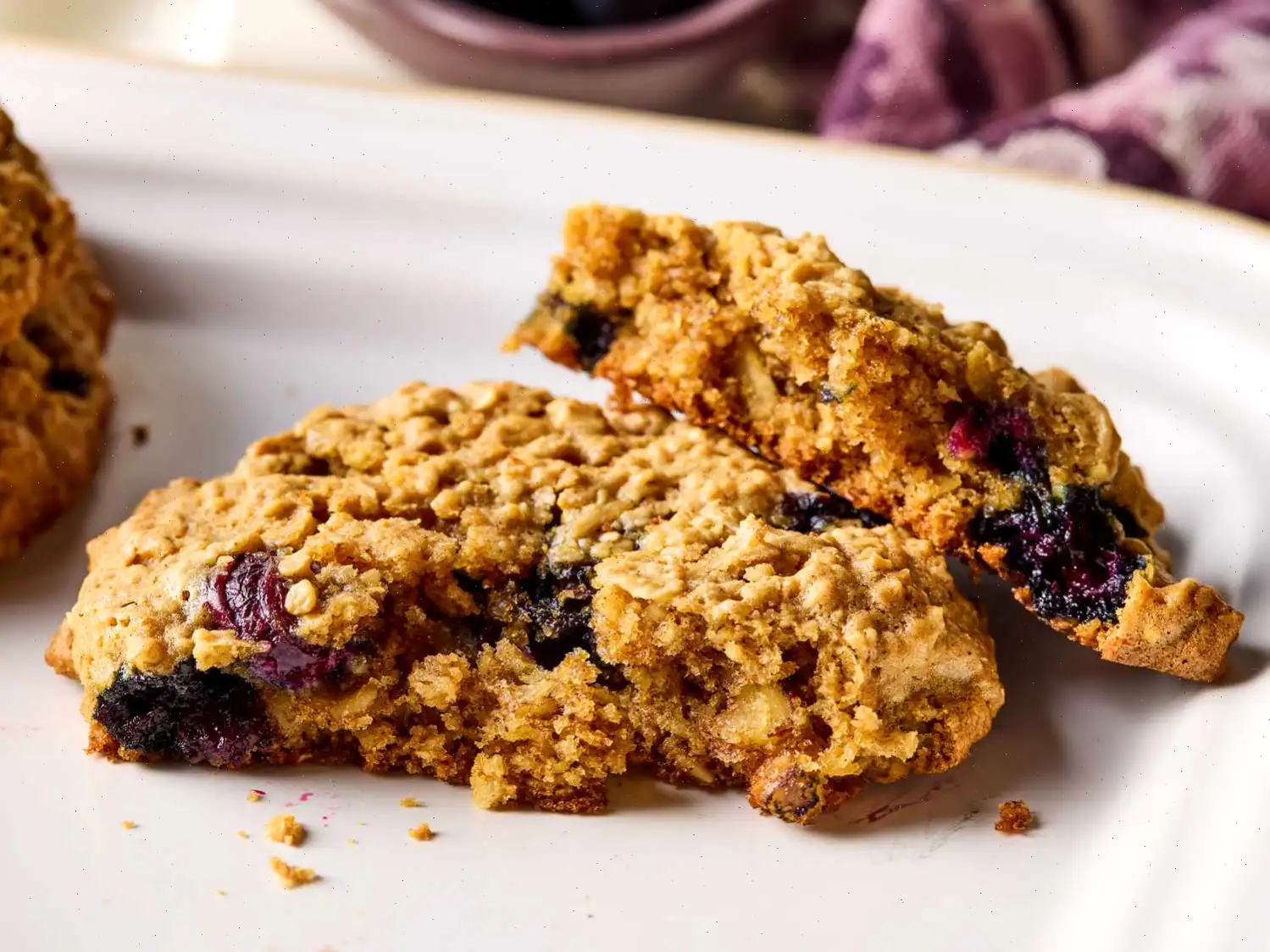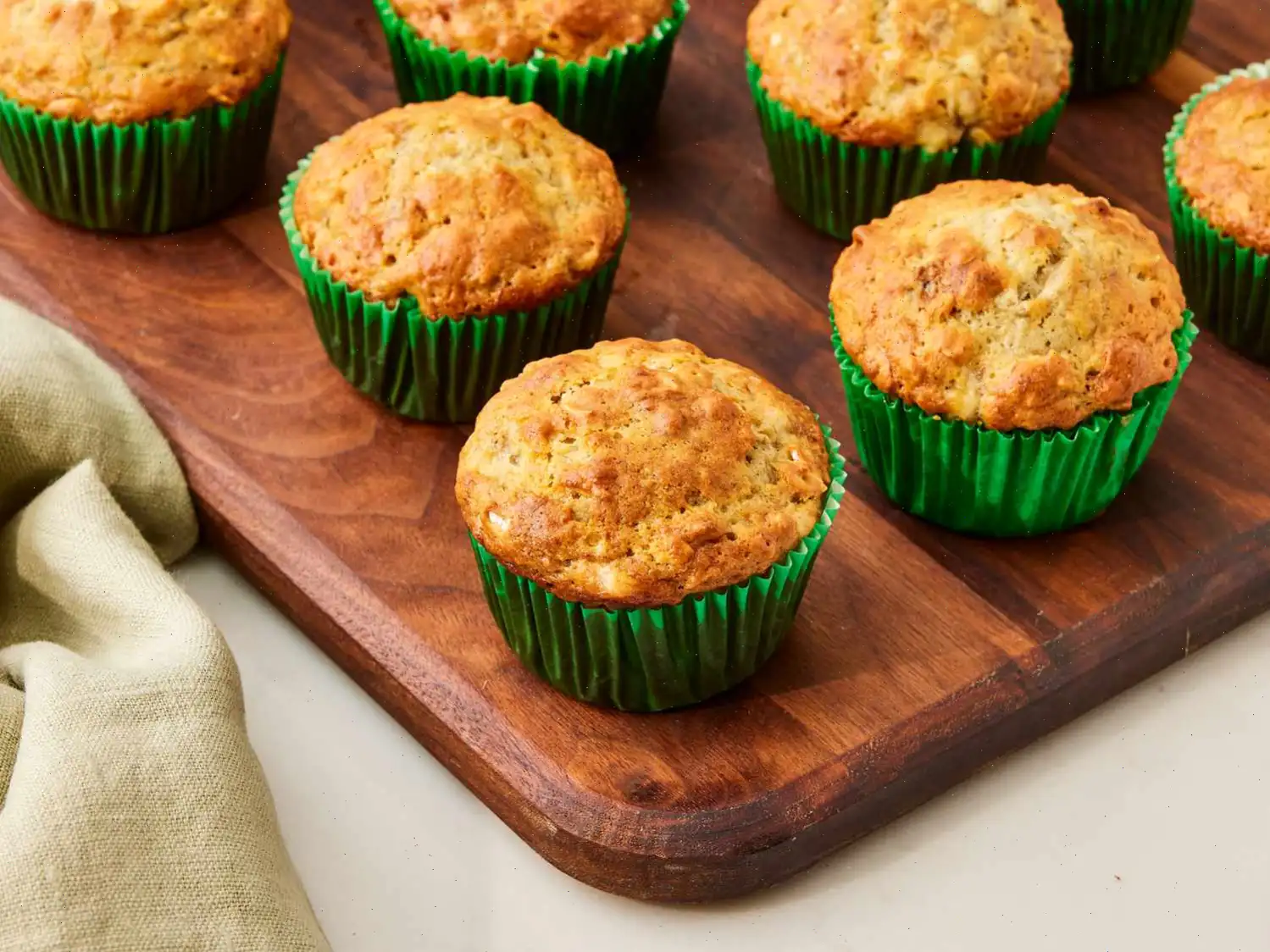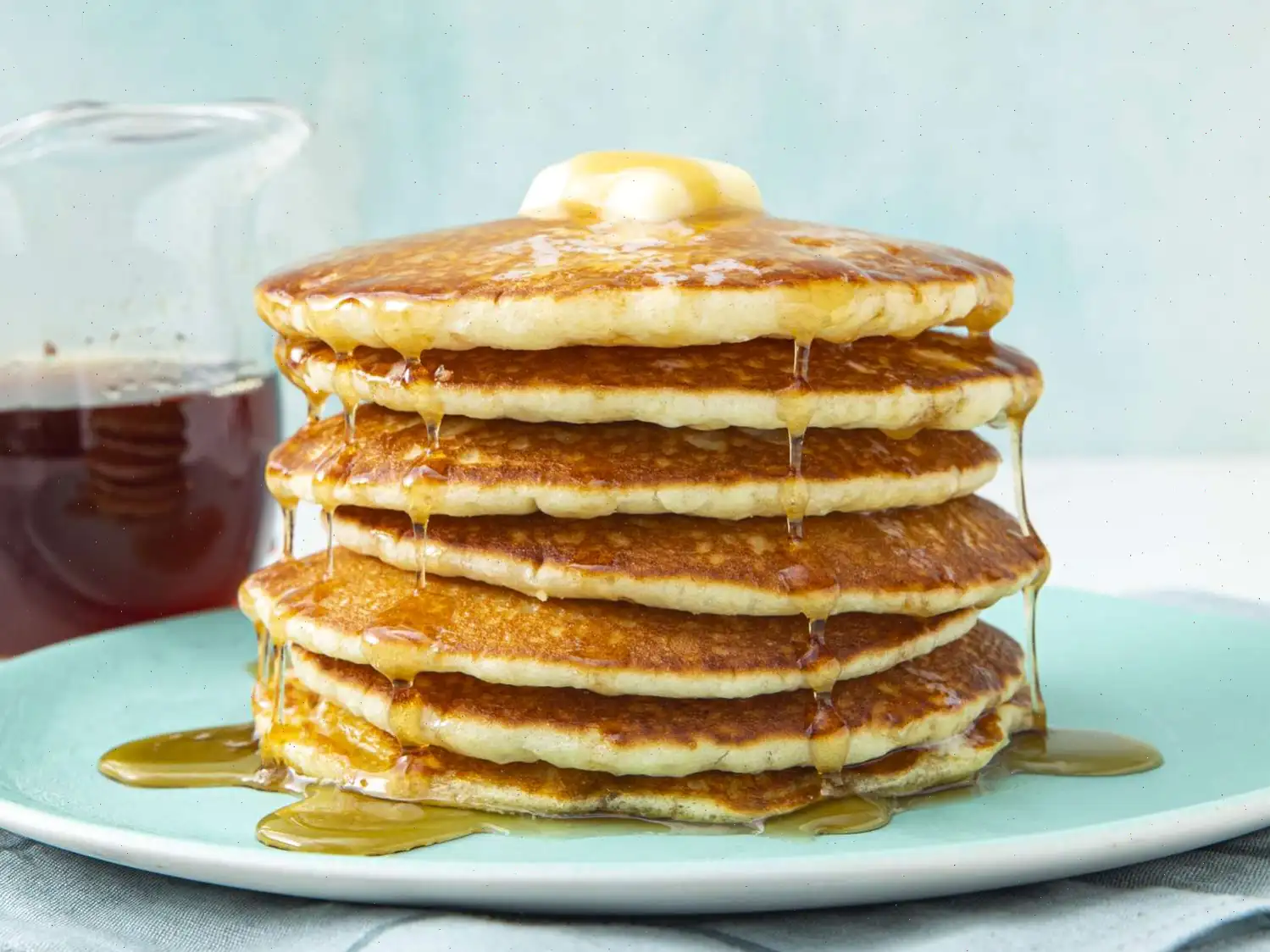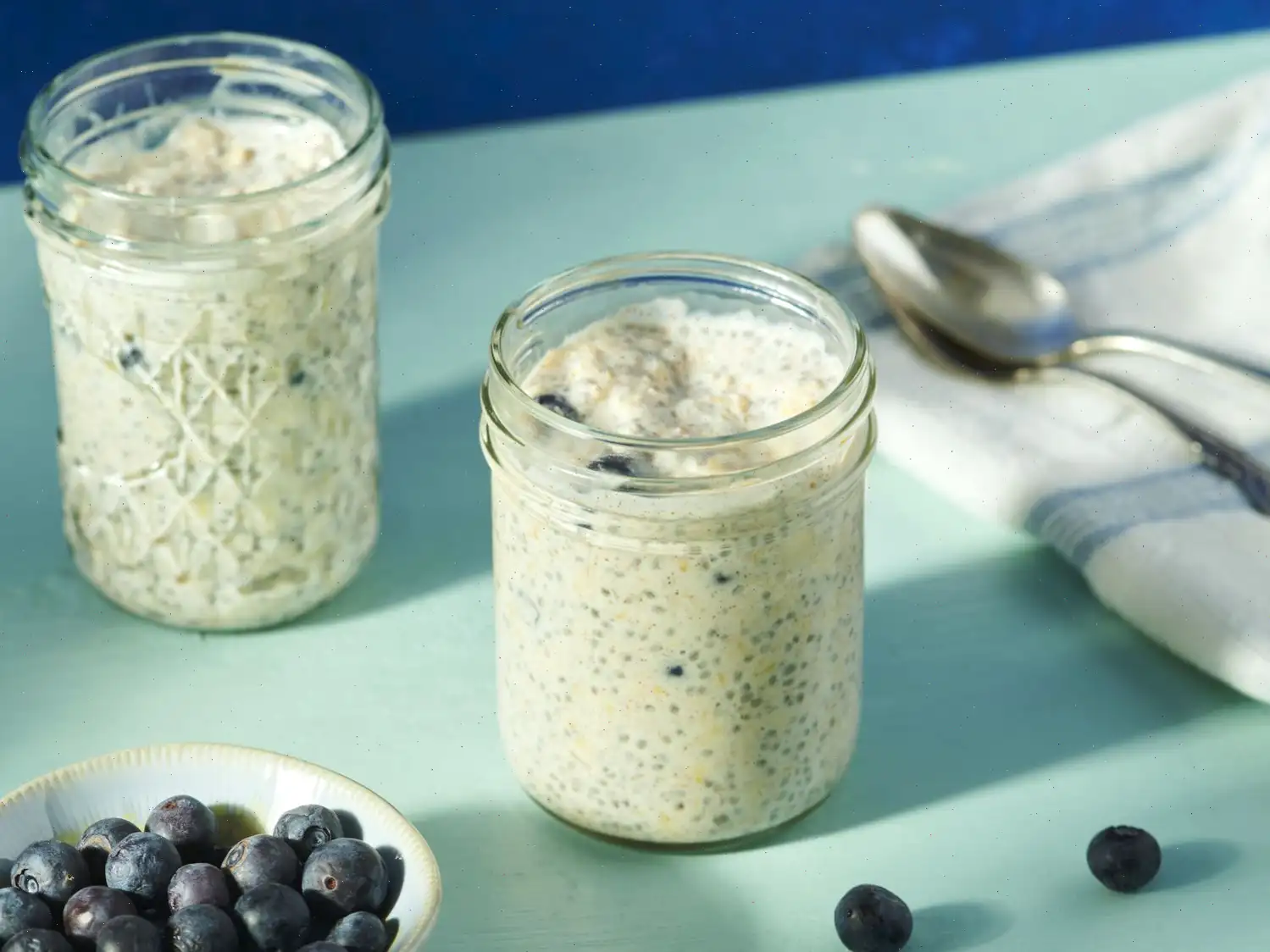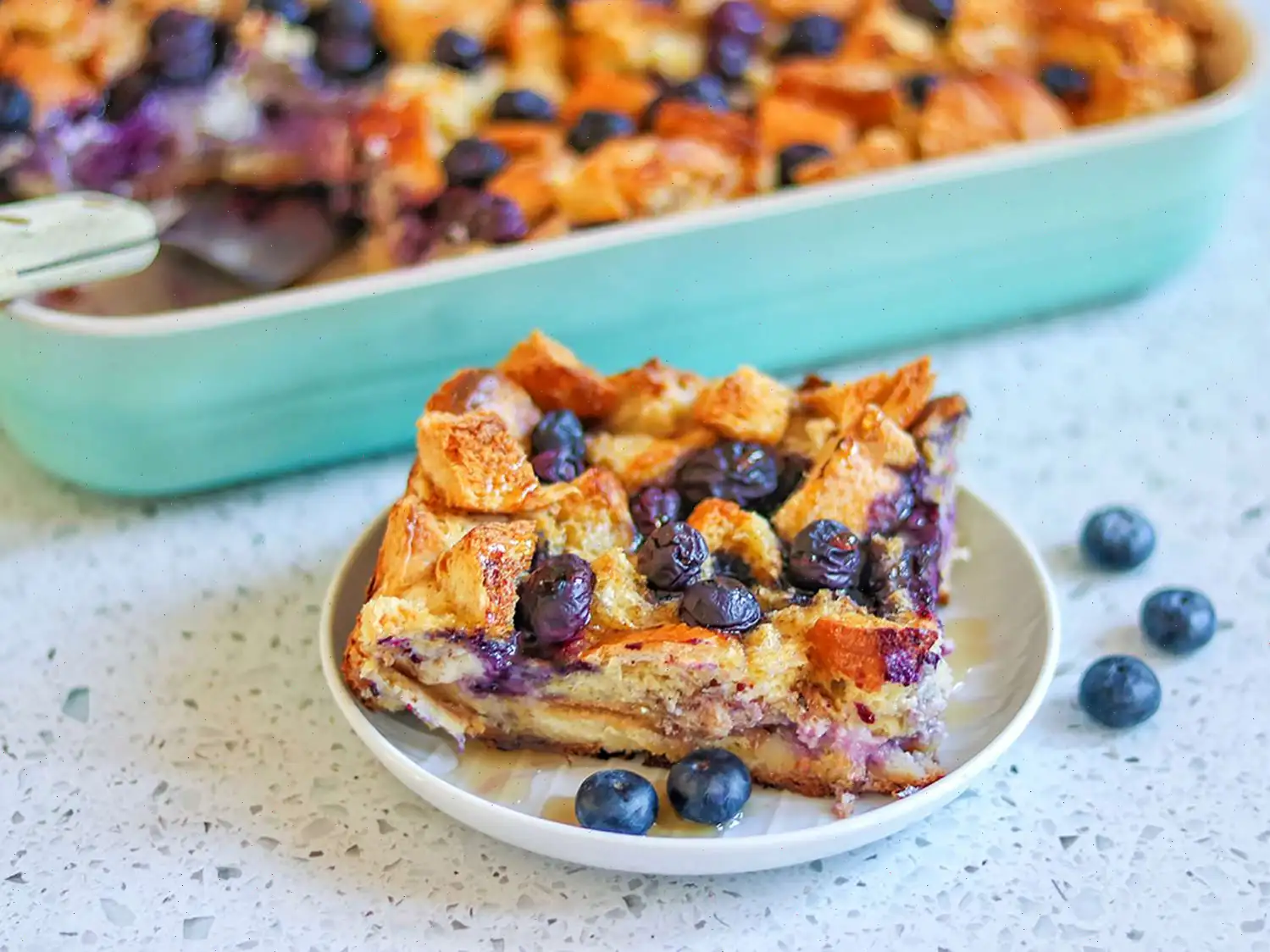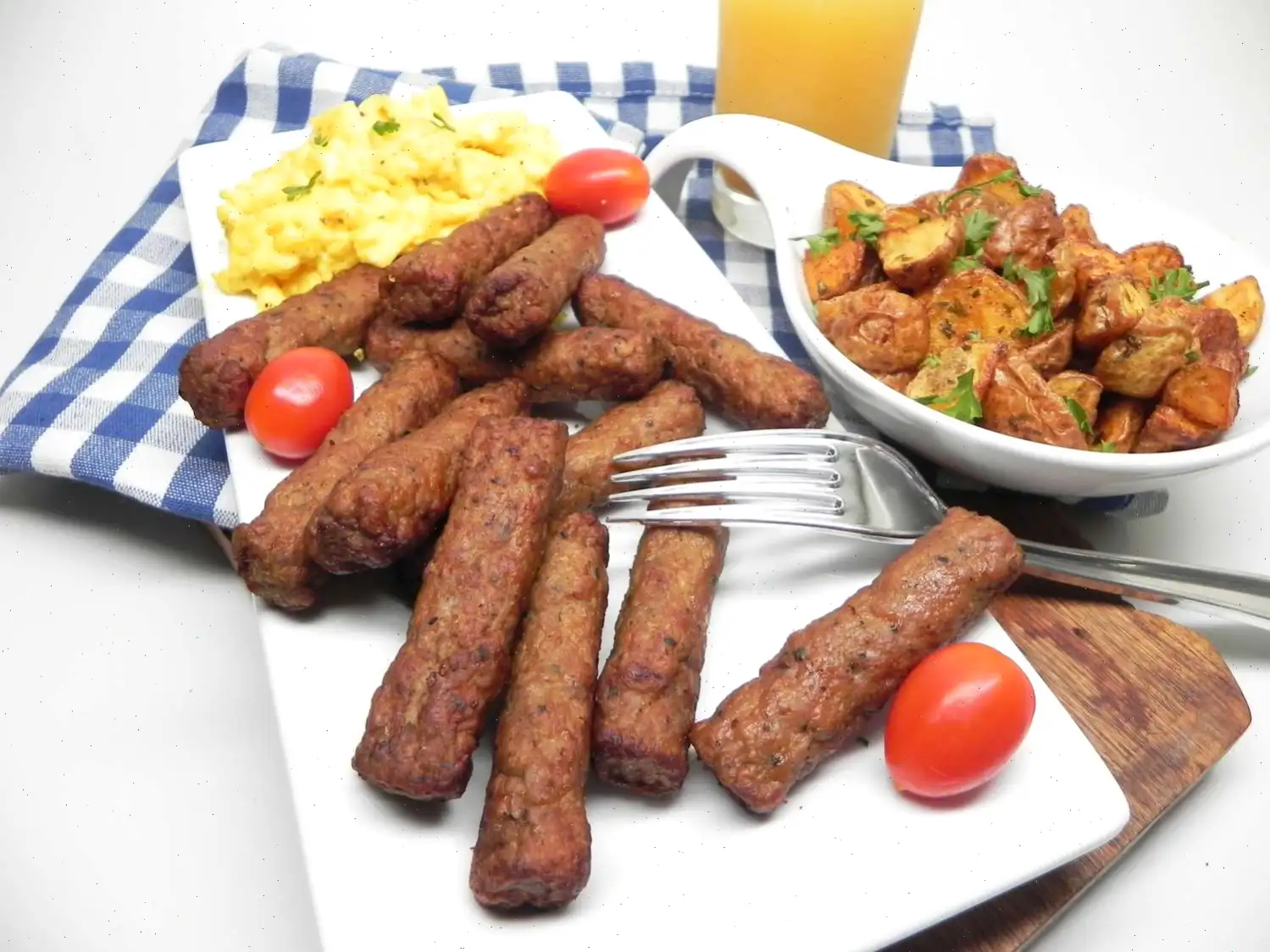
Puff Pastry Twists Recipe
Ingredients
- 1/2 (17.3 ounce) package frozen puff pastry sheets (such as Pepperidge Farm)
- 1/3 cup brown sugar
- 2 teaspoons ground cinnamon
- 3 tablespoons unsalted butter, melted, at room temperature
Directions
Step 1: Thaw the puff pastry sheet according to the package directions. Keep it very cold and store in the refrigerator until ready to use.
Step 2: Preheat your oven to 400F (200C). Line 2 baking sheets with parchment paper for easy cleanup.
Step 3: In a small bowl, combine the brown sugar and ground cinnamon. Set aside.
Step 4: Unfold the cold puff pastry sheet on a lightly floured surface. Use a rolling pin to gently roll out the creases, creating a 12-inch wide rectangle, about 1/8 inch thick.
Step 5: Use a pastry brush to evenly coat the surface of the pastry with the melted butter. Be sure the butter is at room temperature; hot butter will soften the pastry too much.
Step 6: Sprinkle the cinnamon-sugar mixture evenly over the buttered pastry. Lightly press down to ensure the sugar is absorbed into the butter.
Step 7: Use a sharp knife or pizza cutter to slice the pastry into 12 strips, each about 1 inch wide. Refrigerate the strips for 10 minutes to chill. This is crucial for the twists to hold their shape when baking.
Step 8: After chilling, take each strip and twist it 5 or 6 times with the cinnamon-sugar side facing inward. Work quickly to keep the pastry cold. Return the twists to the fridge for another 10 minutes.
Step 9: Arrange the twists on the prepared baking sheets, spacing them about 2 inches apart.
Step 10: Bake in the preheated oven for 14 to 15 minutes, or until the twists are puffed and golden brown. They will be crispy and flaky.
Step 11: Serve the cinnamon twists warm or at room temperature. They make a delicious snack or a sweet addition to breakfast!
Cooks Note
When working with puff pastry, speed is key. The pastry must stay cold throughout the process to prevent it from becoming too soft. If youre fast and efficient, the twists will come out beautifully puffed and golden!
Nutrition Facts
| Nutrient | Per Serving |
|---|---|
| Calories | 159 |
| Total Fat | 11g |
| Saturated Fat | 3g |
| Cholesterol | 8mg |
| Sodium | 53mg |
| Total Carbohydrate | 15g |
| Dietary Fiber | 1g |
| Total Sugars | 5g |
| Protein | 2g |
| Calcium | 11mg |
| Iron | 1mg |
| Potassium | 22mg |
The Fascinating Story Behind Puff Pastry Twists
Puff pastry twists, a delightful blend of buttery layers and sweet cinnamon, have roots tracing back to the classical French ptisserie tradition. Puff pastry itself, known as pte feuillete in French, was refined over centuries to achieve its signature flaky texture. Although twists are a modern adaptation, the concept of combining rolled pastry with sugar and spices can be linked to European bakers experimenting with shapes and flavors in the 17th and 18th centuries. Over time, these pastries evolved into a convenient, handheld treat ideal for breakfast, snacks, and dessert alike.
Regional Variations and Specialties
While puff pastry twists are popular across the United States, different regions have put their own spin on them. In the American South, for instance, the pastry is often enhanced with a hint of nutmeg or pecans, while in New England, a simple cinnamon-sugar version dominates. European versions, particularly in France and Italy, sometimes include almond paste, chocolate, or fruit preserves. Each variation emphasizes local ingredients and preferences, demonstrating how a simple pastry can adapt to regional tastes.
Distinguishing Puff Pastry Twists from Similar Treats
Puff pastry twists are often confused with cinnamon sticks, palmiers, or Danish pastries. Unlike cinnamon sticks, which are usually rolled into a spiral, twists are elongated and deliberately twisted to create an intricate, textured appearance. Palmiers are folded and pressed into a distinctive palm-leaf shape, while Danish pastries incorporate yeast dough rather than laminated puff pastry. The unique combination of buttery layers, light flakiness, and the twist technique gives this treat its characteristic crunch and aesthetic appeal.
Where Puff Pastry Twists Are Typically Served
These pastries are versatile and can be found in bakeries, coffee shops, and brunch menus worldwide. They are particularly popular for casual gatherings, afternoon tea, and holiday breakfasts. Many cafs serve them warm alongside coffee or tea, highlighting the buttery, aromatic sweetness that emerges when freshly baked. They are also a favorite at festive events, where they are often presented on platters for sharing.
Interesting Facts About Puff Pastry Twists
- The twisting technique not only enhances the texture but also ensures even distribution of cinnamon and sugar throughout the layers.
- Puff pastry, when handled cold and quickly, can rise up to six times its original thickness during baking.
- Despite their simplicity, puff pastry twists are considered a creative way to showcase advanced pastry skills because of the precise layering and twisting required.
- They pair exceptionally well with a variety of toppings, such as glaze, icing, or a sprinkle of coarse sugar, which adds an extra layer of sweetness and crunch.
- In some European bakeries, similar twists are made with savory fillings like cheese or herbs, showing the pastrys versatility beyond sweet applications.
In essence, puff pastry twists are more than just a quick snackthey represent centuries of baking innovation, regional adaptation, and artistic flair, making each bite a blend of history, flavor, and texture.
You can listen to this recipe in AI audio format. Simply click the play button below to listen to the content in a format that suits you best. It’s a great way to absorb information on the go!



